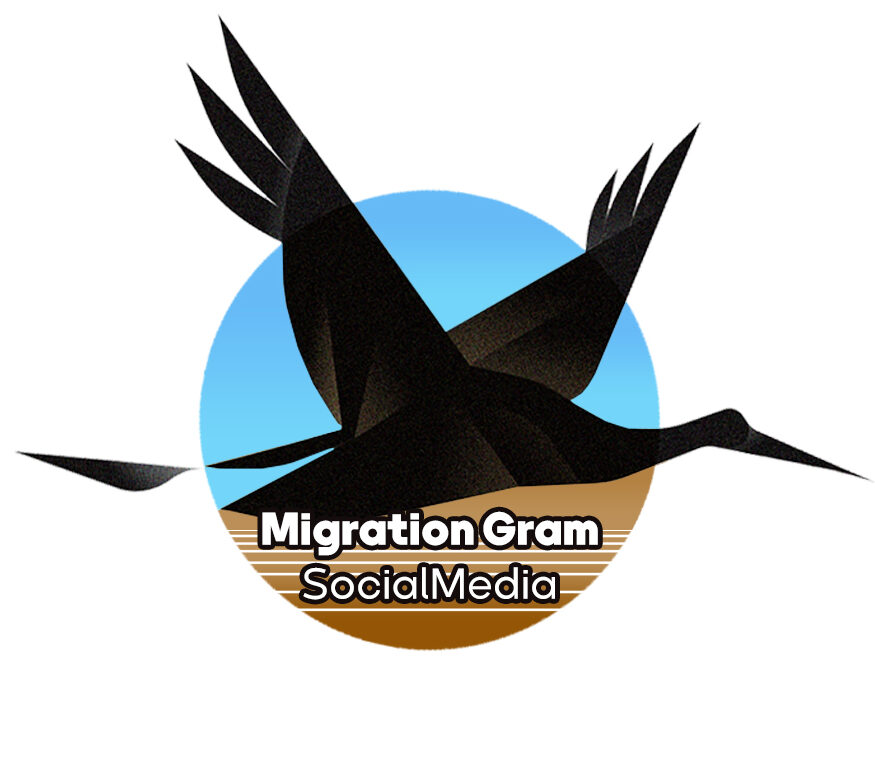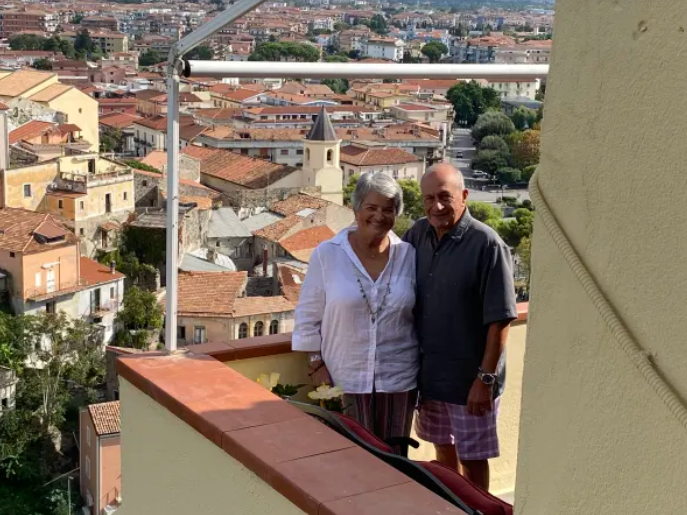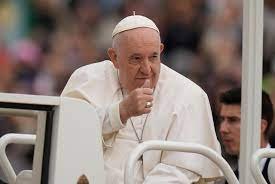In travel news this week: how to get the Italian lifestyle when you don’t have a billionaire’s budget, plus we reveal CNN’s pick of America’s Best Towns to Visit in 2025. Only 10 made our list: Did somewhere near you make the cut?
La Dolce Vita
Money can’t buy you love, but it can get you a mammoth celebration of matrimony and mammon that has the whole world talking.
All eyes are on Venice this week for Amazon founder Jeff Bezos and Lauren Sanchez’s big-bucks big day, an event mired in controversy as protesters rail against the damage done to their city by overtourism.
However, you don’t need a net worth of $263 billion to enjoy the dolce delights of the Italian lifestyle, or the sweet highs of amore, as our CNN Travel picks this week will show.
The Smarrellis, from Syracuse, New York, were in Venice for their 50th wedding anniversary when they decided to quit the US and move to a coastal town in Calabria, southern Italy.
They told CNN their living costs have dropped by nearly $3,000 a month since making the move. “It was a good choice,” said Tony Smarrelli.
We first reported on rural Italian towns selling one-euro homes back in 2019, as a savvy way to revitalize dwindling communities.
The most successful of the schemes has been in Sicily’s Sambuca di Sicilia, aka “Italy’s Little America,” but while Americans kickstarted the town’s resurrection, young Italians are now grabbing up homes for themselves too.
“Why leave such opportunities to foreigners?” 25-year-old Sicilian Paolo Morabito told CNN.
Chance Encounters
Season two of our “Chance Encounters” podcast launched on Friday, bringing you a summer’s worth of true stories of friendship and romance formed while traveling.
CNN’s Francesca Street presents the series based on her hit column of the same name.
The first new episode follows Catherine Tondelli, a Californian woman who met her Italian husband, Fausto, in front of Rome’s Trevi Fountain right after she threw three coins into the fountain’s waters and made a wish.
There are also six episodes to catch up on from season one, such as the tale of Rachel Décoste who traveled to Benin in West Africa, anticipating a life-changing experience.
She jumped on the back of local man Honoré Orogbo’s motorbike and the trip changed her life in more ways than she ever could have imagined.
In this Unlocking the World roundup we promised you love and we promised you thriftiness. Our partners at CNN Underscored, a product reviews and recommendations guide owned by CNN, have some tips that cover both.
Emily McNutt booked her $18,584 honeymoon business-class flights from the US to Southeast Asia for less than $200. Here’s how she did it.
Also returning this week is CNN Travel’s second annual list of America’s Best Towns to Visit. After considering hundreds of nominations from our readers and contributors, our editors whittled those down to this year’s magic 10.
Our choices range in size from about 15,000 residents to about 115,000. They’re spread across the United States and capture the remarkable variety that defines the country — from culture and food to history and outstanding natural beauty.
Each of these towns is testament to how Americans can build towns and communities that add up to more than the sum of their parts.
Our No.1 for 2025 is Ithaca, New York,a lively college town with an outsize number of cultural offerings for its modest scale.
There’s plenty of natural “wow factor” as the area around Ithaca is filled with gorges and cascading falls, while refreshment awaits in the many wineries and cider houses in New York’s Finger Lakes region.


